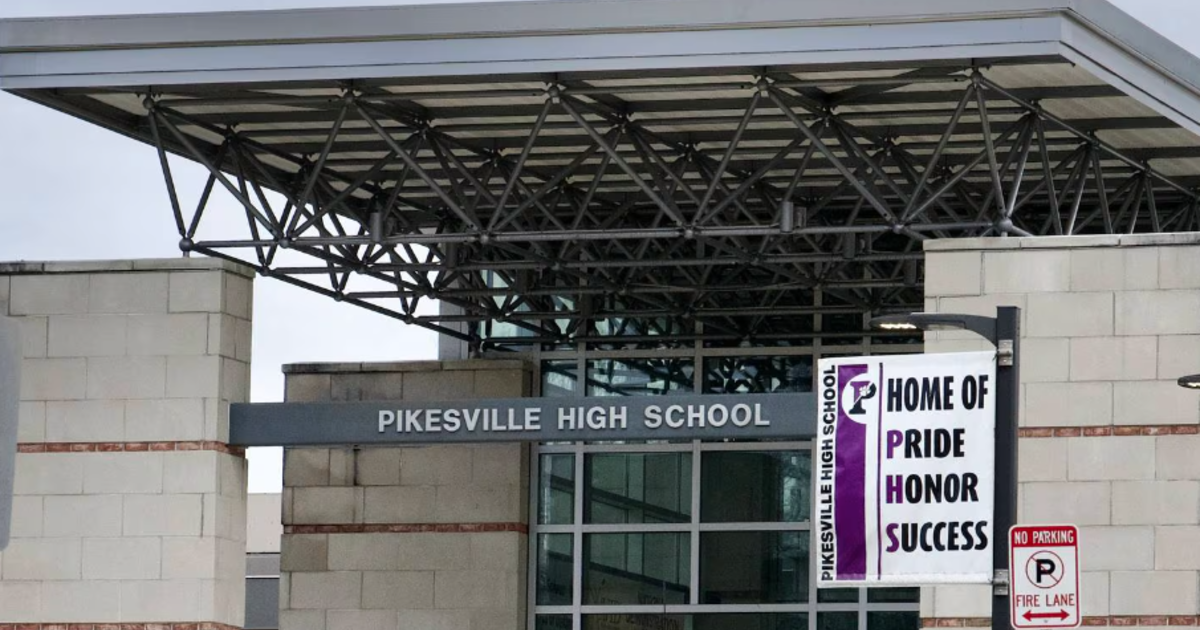New Super Computer Helps NOAA Track Storms' Paths More Accurately
COLLEGE PARK, Md. (WJZ) -- Fine tuning the threats from dangerous weather.
Forecasters think they've got the right tool for that job.
And as Alex DeMetrick reports, it's right here in Maryland.
NOAA's Climate and Prediction Center in College Park is home to the agency's newest super computer.
Taking data from weather balloons, to satellites, to off-shore buoys--the computer runs models of likely forecasts.
The upgrade was made following the destruction of Hurricane Sandy.
"Sandy was certainly a turning point in the entire enterprise. It really brought attention to the super computer capacity that we had prior to Sandy versus other operations centers around the world had," said Louie Uccellini, director of the National Weather Service.
Specifically the European model, which predicted Sandy's path with more accuracy that the American model.
NOAA's new computing power compares Hurricane Isabel's path in red and using weather data before the storm hit, the computer's prediction is in black.
Increasing the computing power four times what it used to be means "faster computation, better models, finer scales," said Dr. Kathryn Sullivan, NOAA administrator. "All are really critical."
Because when it comes to bad weather, sooner or later it makes it way into the local forecasts.
"Lead time is so critical when it comes to issuing watches, warnings and severe weather," says WJZ Meteorologist Chelsea Ingram. "The longer the lead time you have the more lives you can save."
"We're going to see a wealth of information coming out the next year, which brings me confidence we produce a better forecast," said Uccellini.
The new super computer did not come cheap, the project is a $45 million investment.



